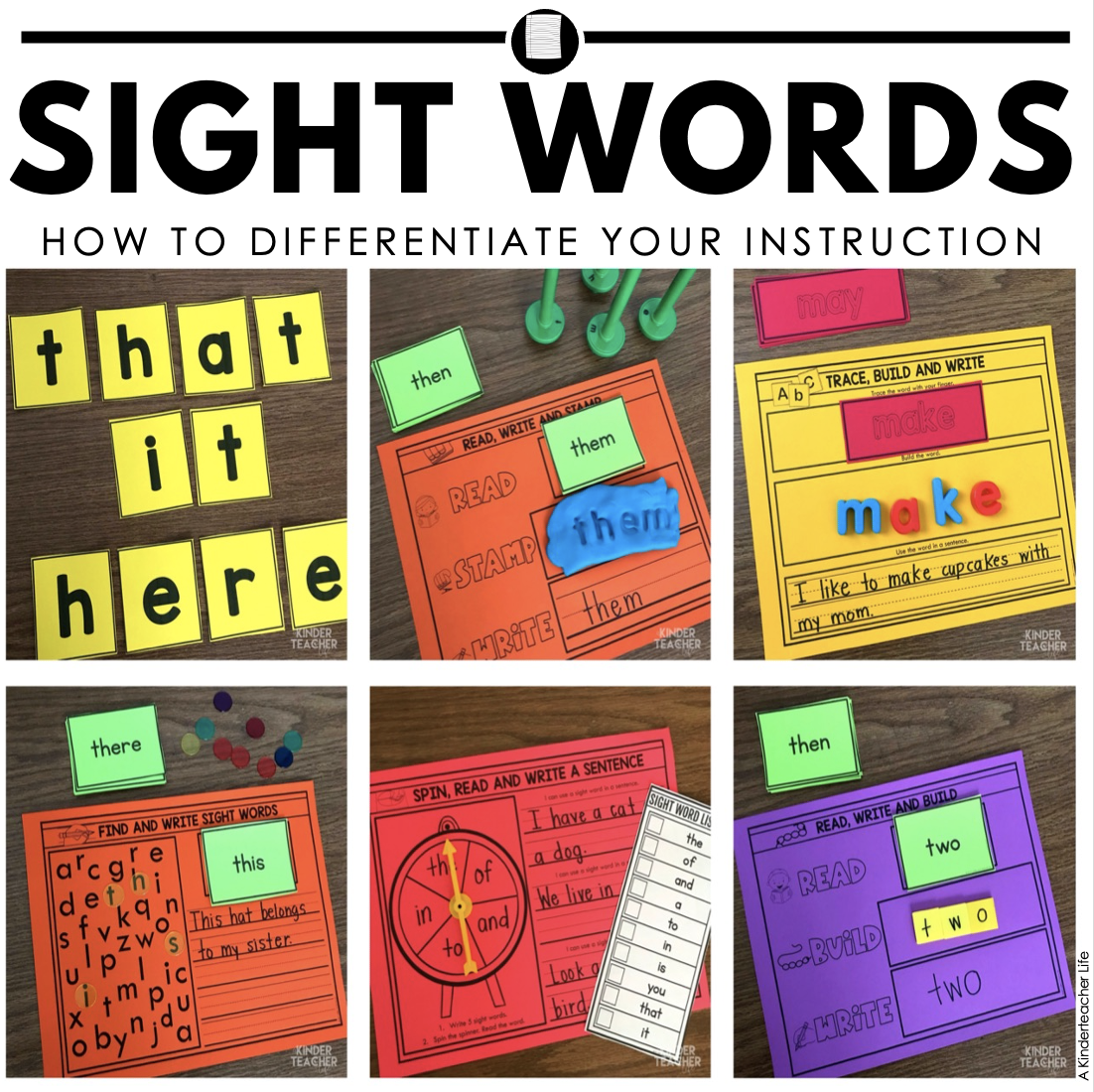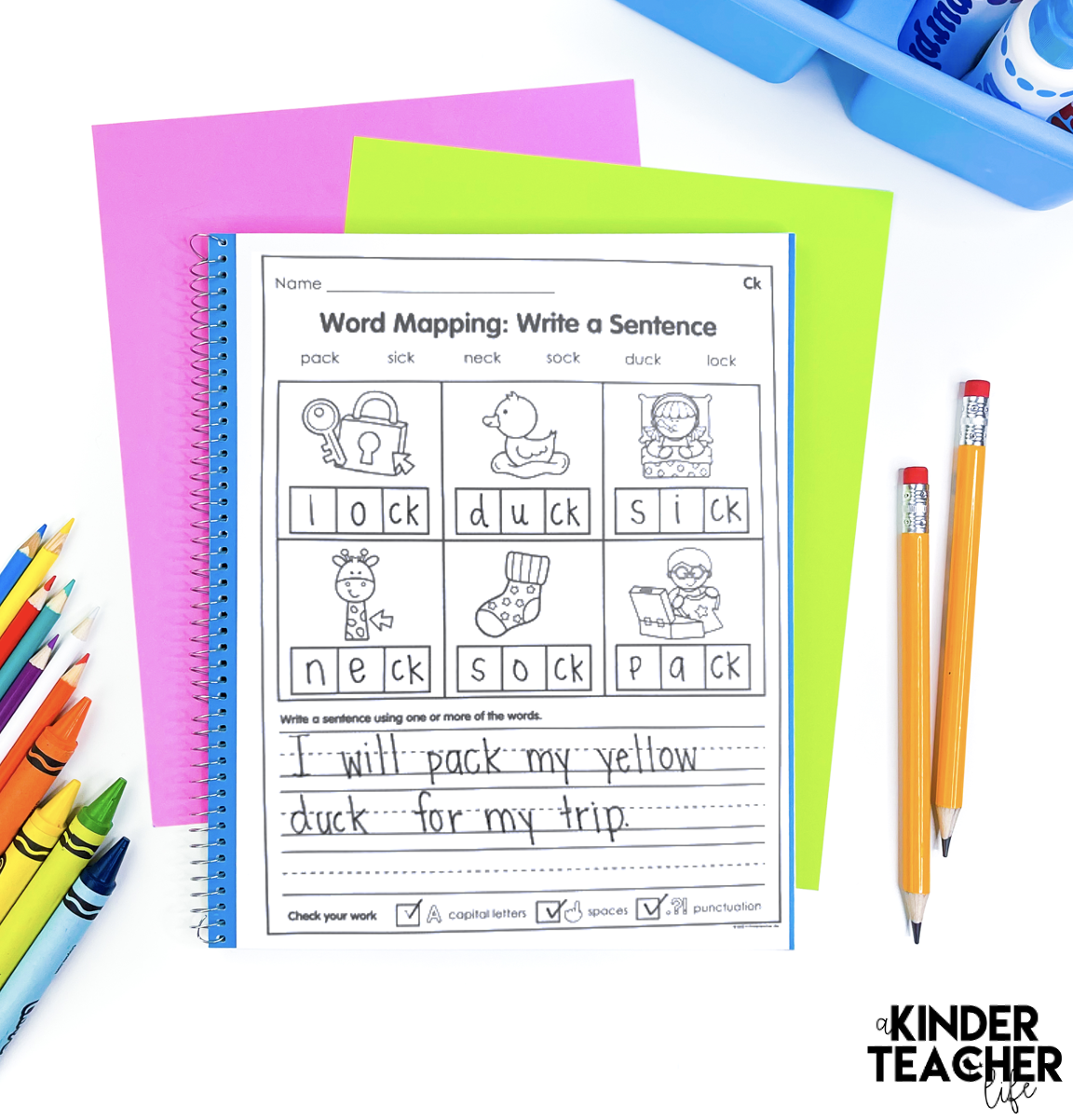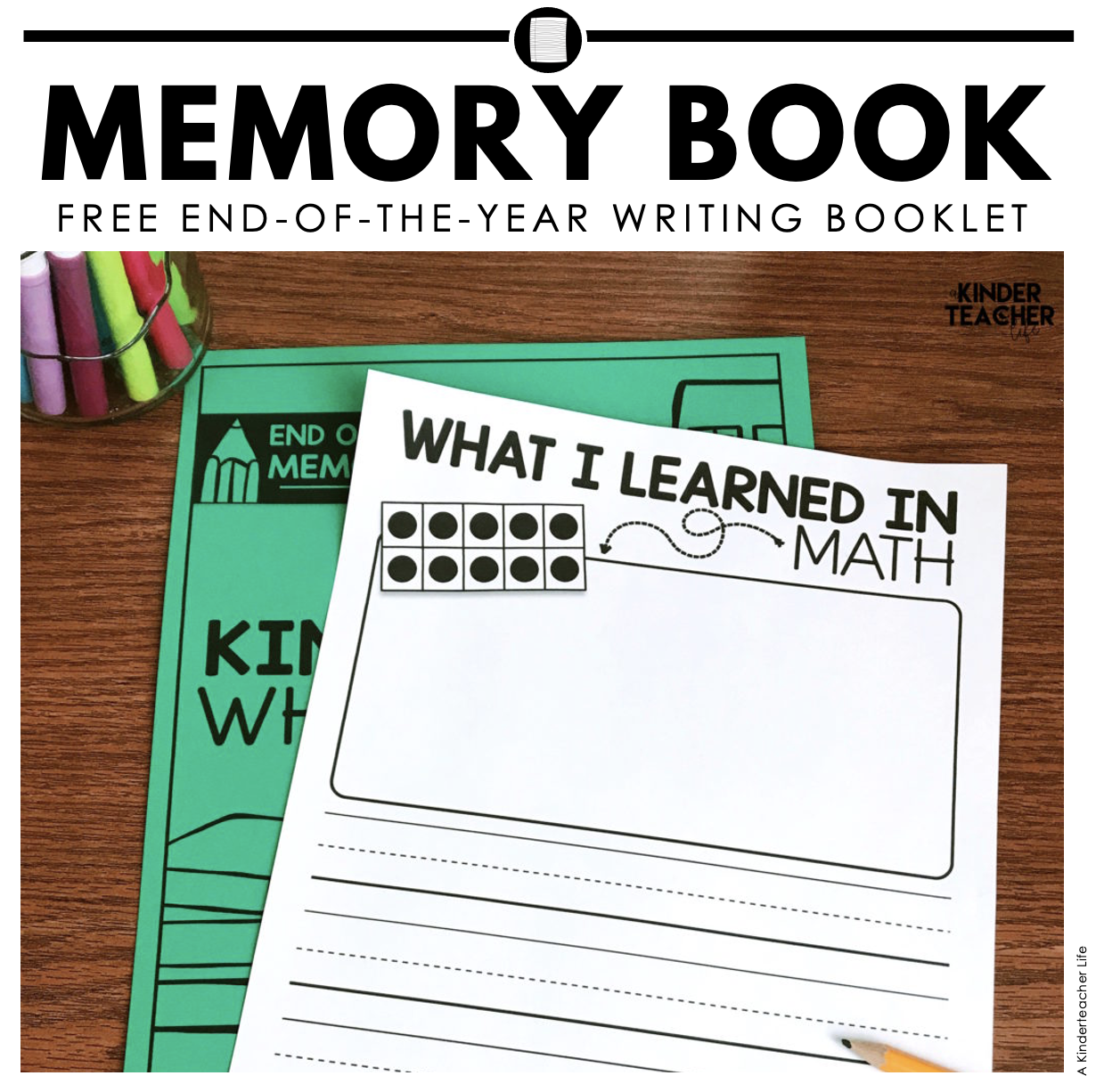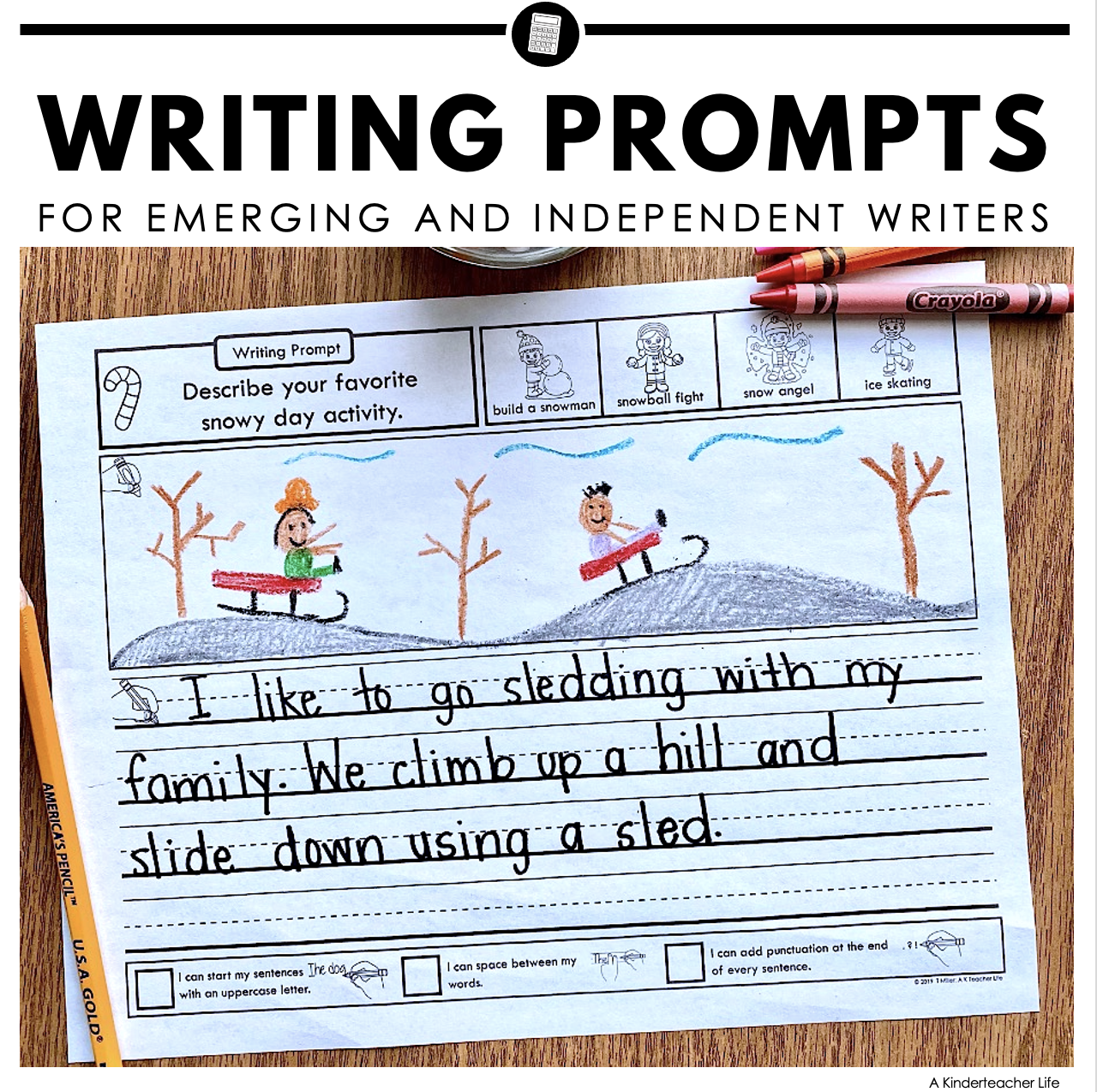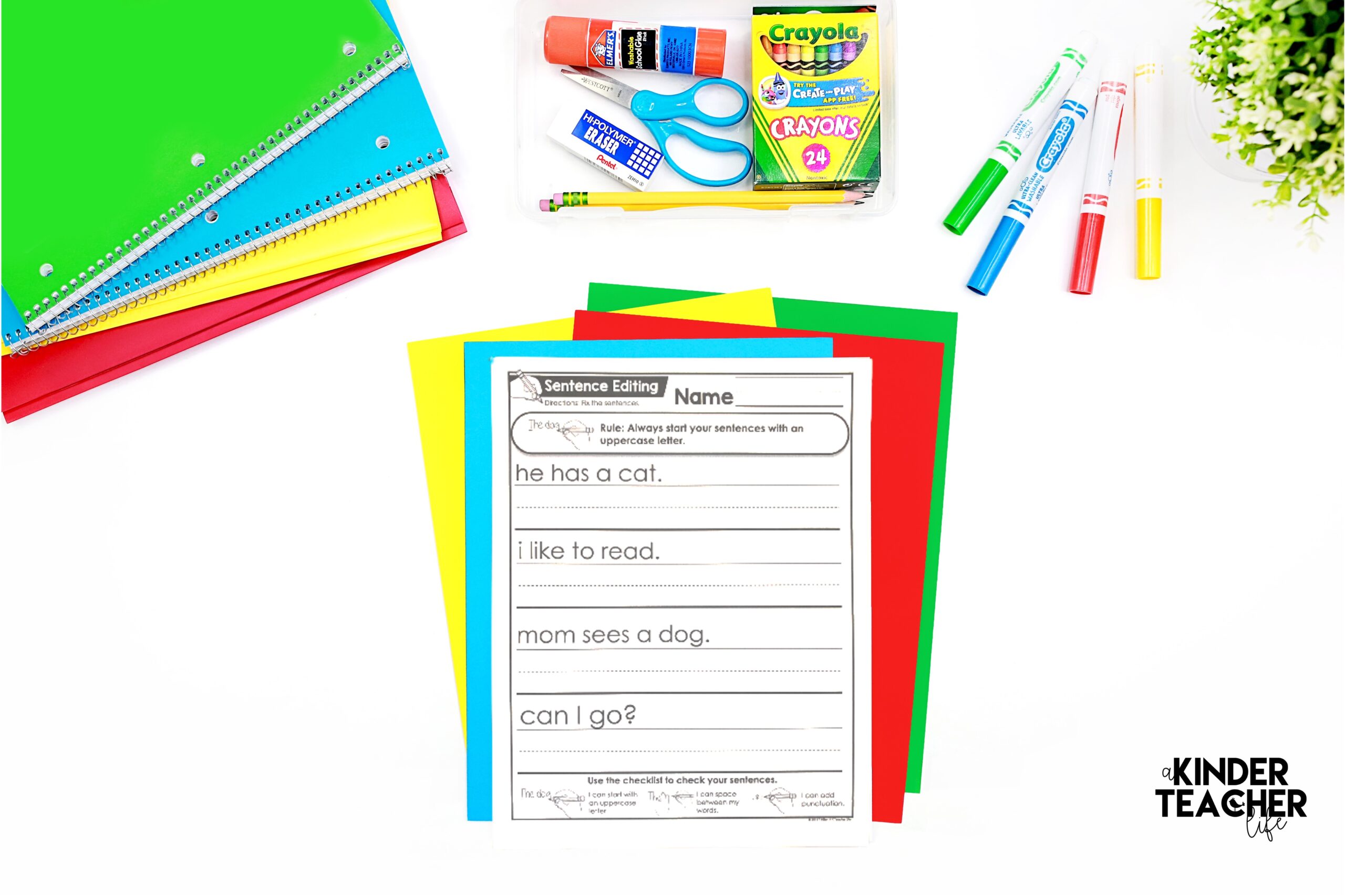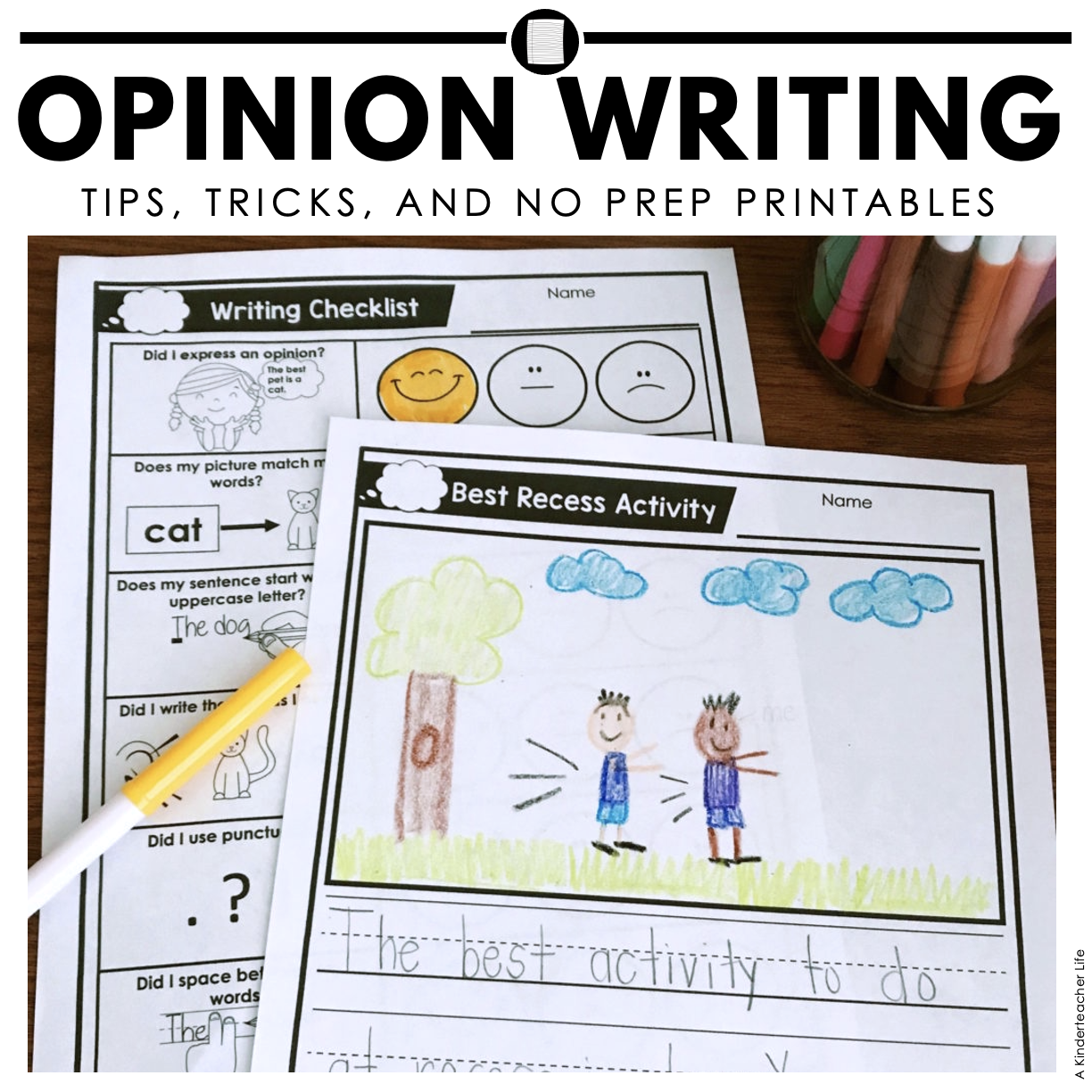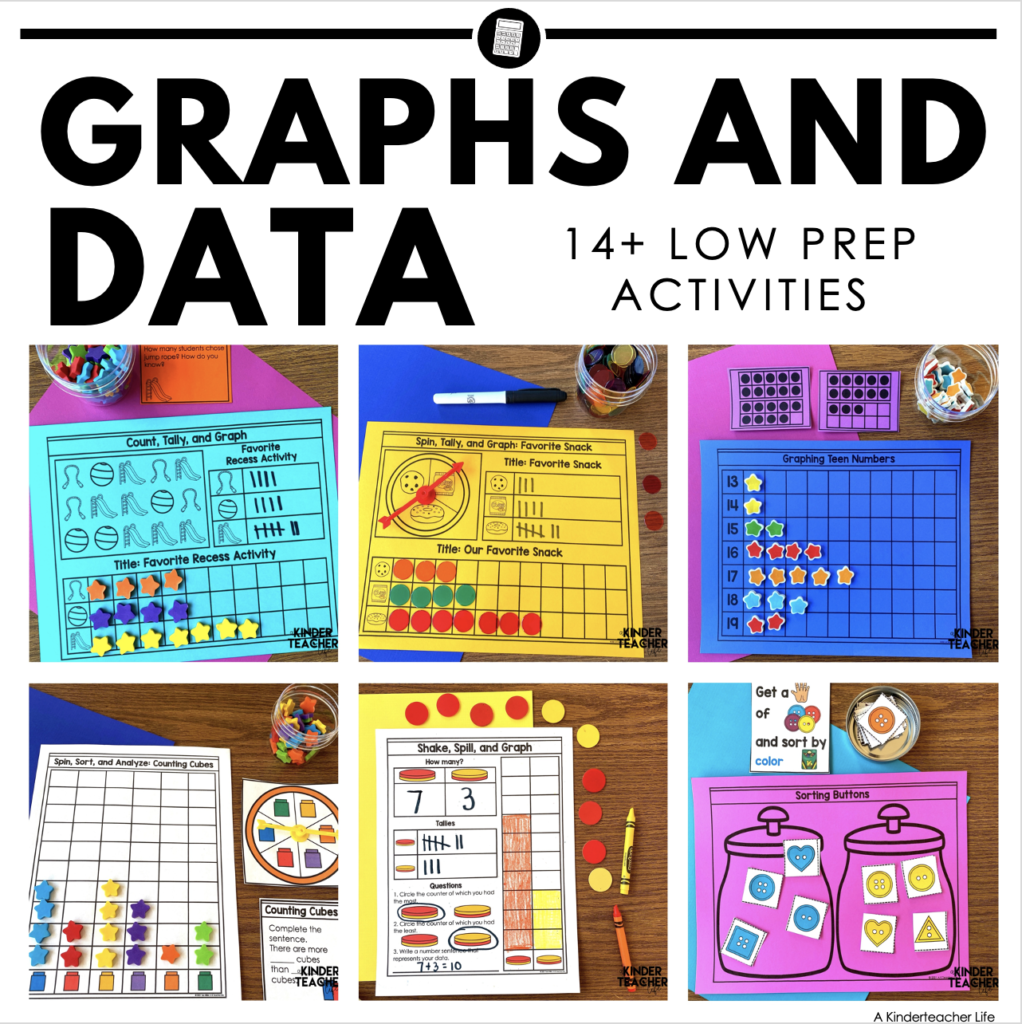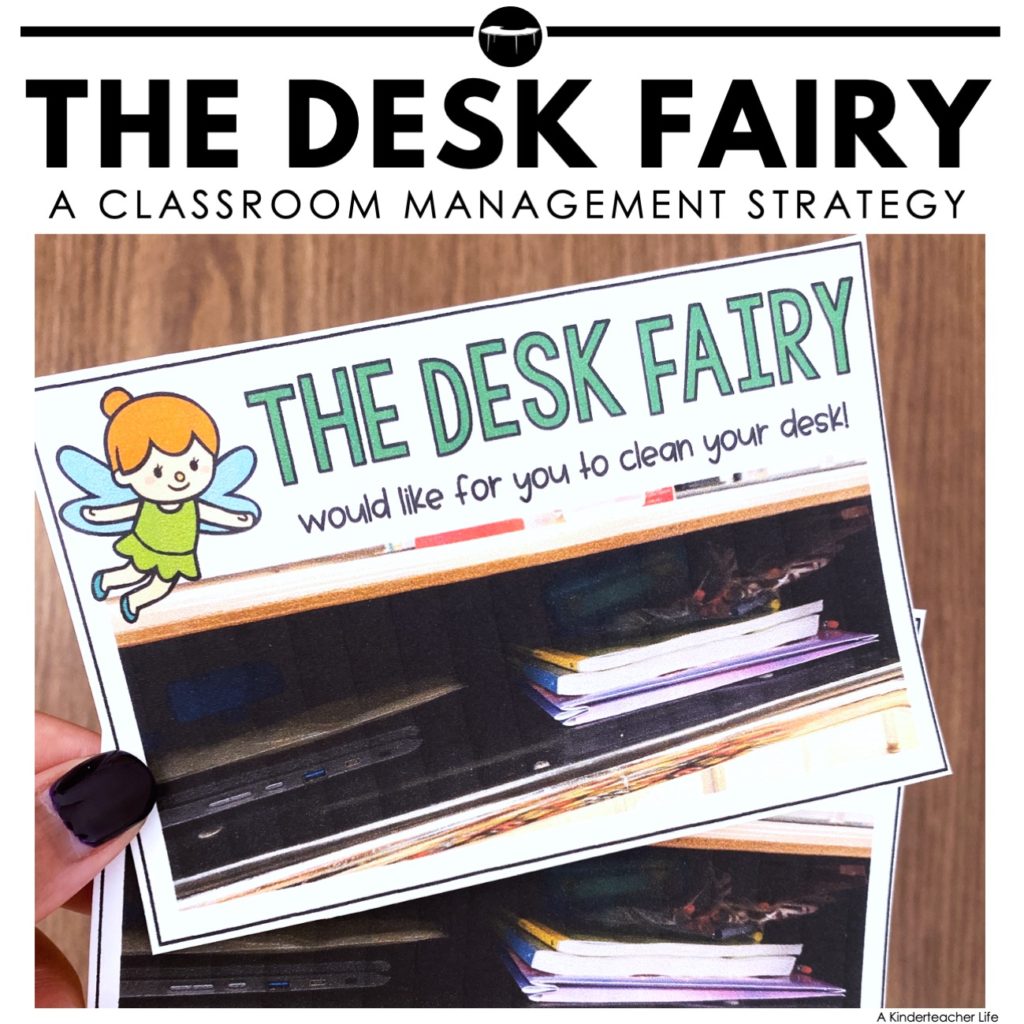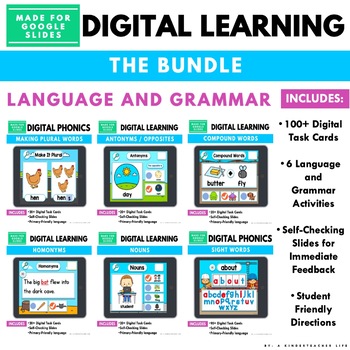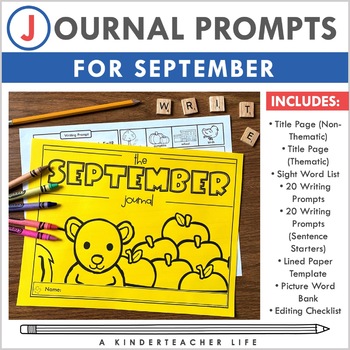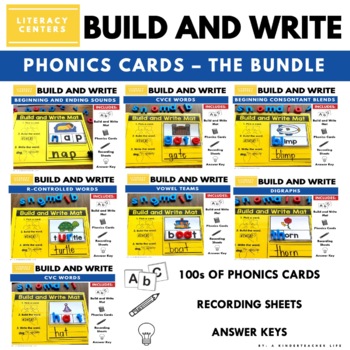Writing Narratives (Free Writing Template Included!)
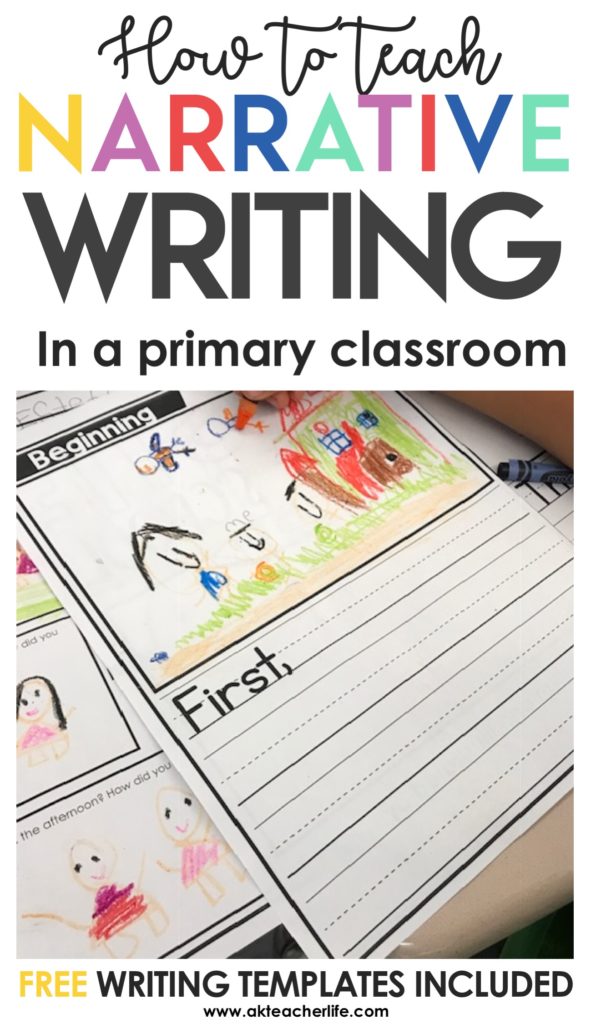
Here are some tips to get your students writing narratives as well as a free writing template below.
What is a narrative?
A narrative is a story! Narratives can be fictional or non-fictional and are told in order. Narratives are usually the first kind of writing that students do when they start writing. Narrative writing is usually easy for students because they are writing about themselves and events that have happened to them.
As teachers, it is our responsibility to help model and instruct on how to be better writers so when someone reads their reading, they can effectively communicate their narrative.
Here’s what I do when I teach students how to write narratives.
Start with Books
What better way to learn about a narrative than to read other people’s narratives? Reading other narratives gives students an idea of what a narrative looks like and sounds like. In my class, we read books by Kevin Henkes. Here are the texts we used:
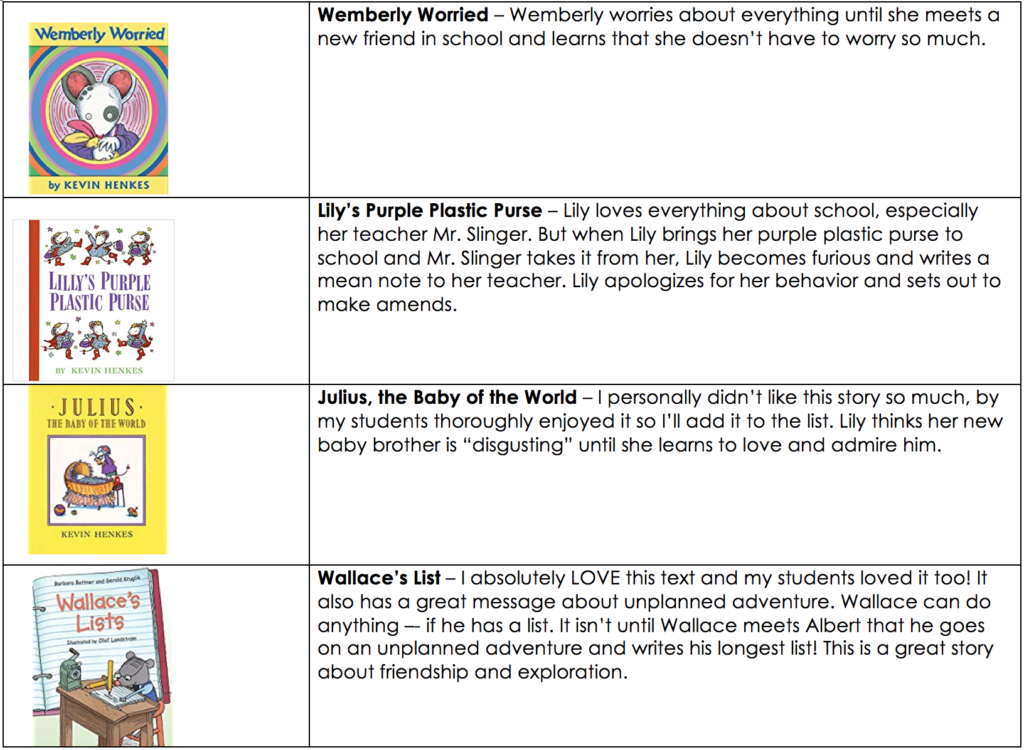
Step 1: Brainstorm a list of experiences to write about
After reading narratives and getting your students excited about writing one, brainstorm a list of experiences they can write about. They can turn and talk and share an experience that would want to write about with a partner. We usually write a new narrative a week (give or take) so this list will come in handy! Also, making a list allows students to see that there is much to write about and everyone has a story to tell.
Step 2: Rough Draft
After students orally share a narrative they want to write, they write and draw their rough draft. I always model how to draw and write a rough draft first by thinking aloud about what I am doing and why I am doing it. I always remind students during this time that their narrative needs to go in sequential order and how we can use our 5 senses to help visualize the details we want to add. We also talk about emotions. How did you feel? How can you use your words and the illustrations to show how you felt?
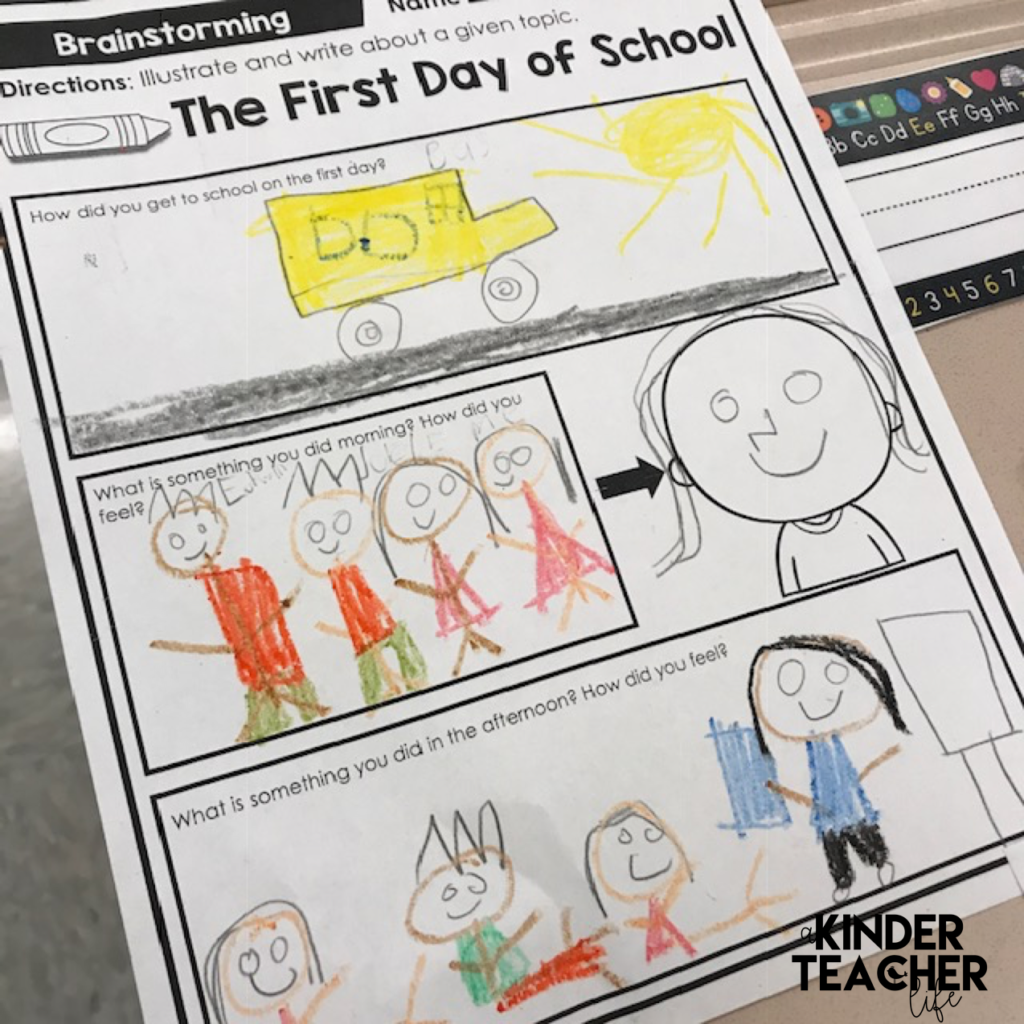
Step 3: Drawing a detailed picture
I model how to use the rough draft to write a final copy. I model how to draw a detailed picture by providing students with a rubric. This helps them check their work and prevents students from saying “I’m done” when they could add more details to their work. I confer with students individually and give them feedback on their writing.
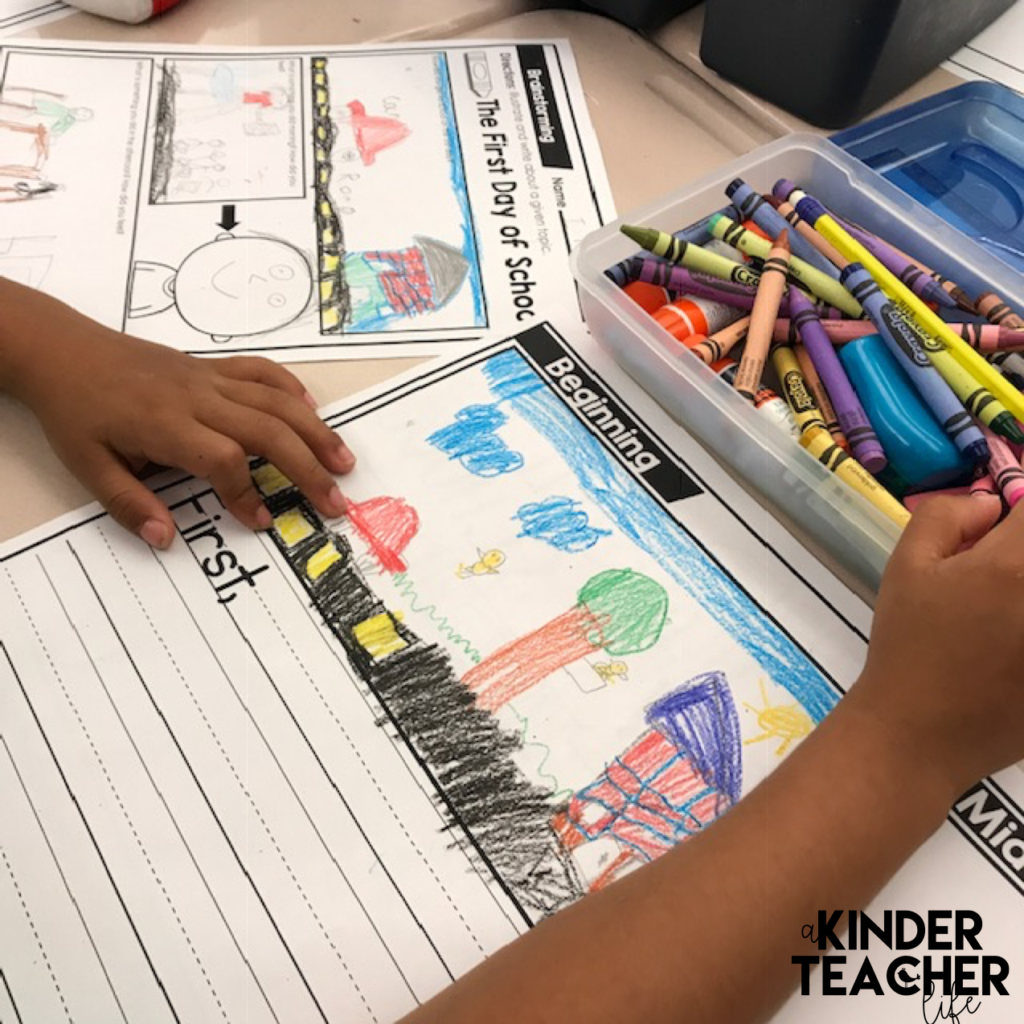
Step 4: Writing a detailed sentence
After we draw our detailed picture, we write a detailed sentence. Each box gets its own separate page (so if it is 3 boxes, then they get 3 pages). We teach students to use the sight word wall or their writing folder (that has their sight word list) and sound out words. I also model how to use transitional words.
Step 5: Edit
For our first writing assignment, I pick a student page that needs to be fixed (with the student’s permission). Then, we use a visual writing rubric to edit. I model how to edit and allow students to comment and ask questions as I do it. Then, they use the same rubric to edit their writing. Next time we edit, I will allow them to edit someone’s work and give feedback.
Step 6: Share / Author’s Chair
After we are done editing, students share their writing with the class! They love sharing their writing with each other!
How do you teach narrative writing to your students? Let me know in the comments section below.
Click the image to get a free narrative writing template. It’s perfect for writing about the first day of school. It also includes the rubric.
Click here to learn about how to teach your students to share and write their opinions.
Happy Teaching!
Tee


